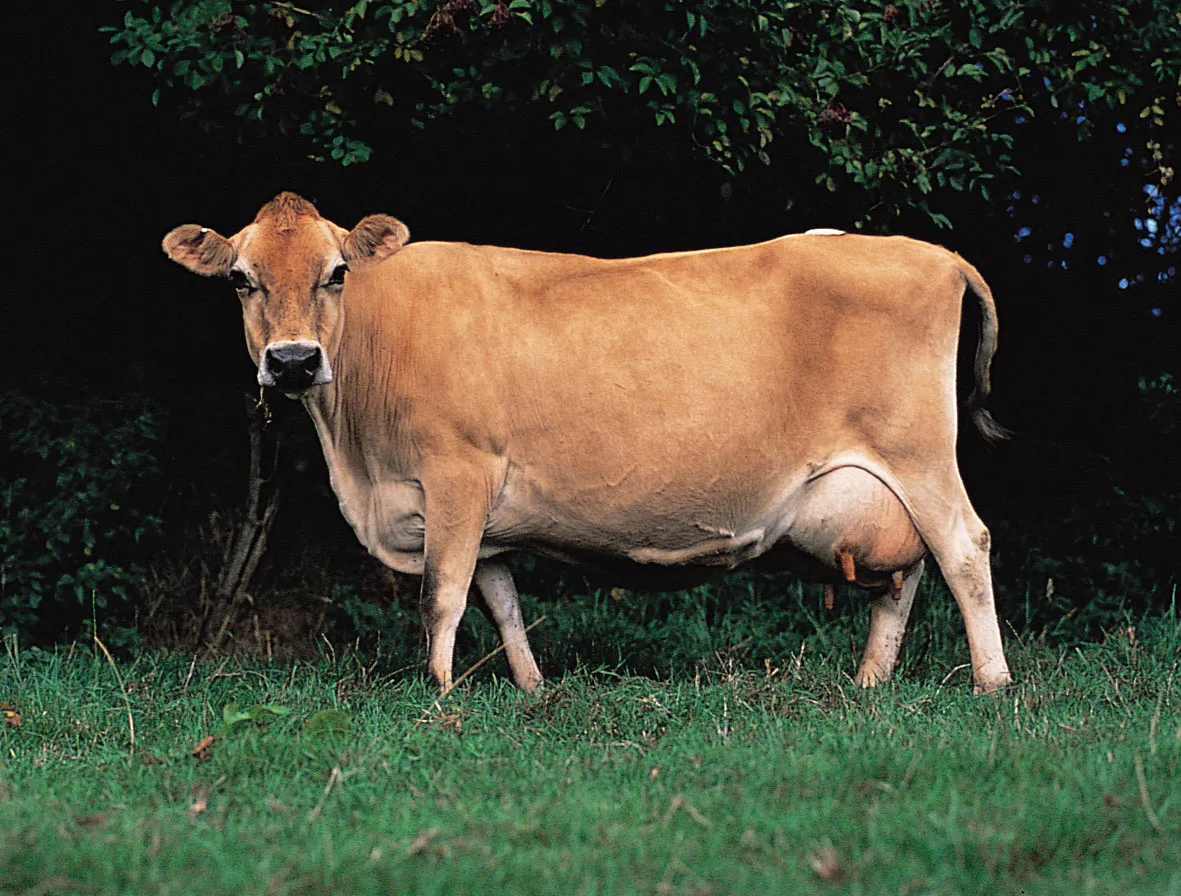Introduction
The cow, an animal deeply rooted in human civilization, has played a pivotal role in various cultures, particularly in agrarian societies. Beyond its agricultural importance, the cow holds a sacred position in many traditions, especially in India, where it is revered as a symbol of life and nourishment. This essay explores the multifaceted role of cows in human society, their cultural significance, and the symbiotic relationship between cows and humans that has evolved over millennia.
Historical Significance of Cows
Cows have been integral to human societies since the dawn of agriculture. Domestication of cattle dates back to around 10,000 years ago in regions that are now part of the Middle East. Early humans realized the utility of cows not only for their meat but also for their milk, hides, and as beasts of burden. The cow’s ability to produce milk, a renewable resource, made it more valuable alive than dead, leading to its elevated status in various cultures.
In ancient civilizations, such as Mesopotamia and the Indus Valley, cows were a symbol of wealth and prosperity. They were often used as a form of currency and were integral to the economy. The domestication of cows allowed for a stable food supply, which in turn supported population growth and the development of complex societies.
The Cow in Hindu Culture
In Hinduism, the cow is considered sacred and is venerated as a symbol of life and sustenance. The reverence for cows in Hindu culture can be traced back to the Vedic period, where the cow was associated with Aditi, the mother of all gods. The cow, often referred to as “Gau Mata” (Mother Cow), is seen as a provider of all needs, much like a mother who nourishes her children.
The significance of cows in Hinduism is also reflected in the practice of “Gomutra” (cow urine) and “Panchagavya” (a mixture of cow dung, urine, milk, curd, and ghee), which are believed to have medicinal properties. These substances are used in traditional Ayurvedic medicine and in various religious rituals, highlighting the cow’s integral role in both health and spirituality.
Cows are also central to the festival of “Gopashtami,” a Hindu festival dedicated to the worship of cows. On this day, cows are bathed, decorated, and offered prayers. This festival underscores the deep connection between humans and cows, celebrating the cow as a giver of life.
Economic Importance of Cows
The cow’s economic value extends far beyond its agricultural utility. In many rural areas, cows are the backbone of the local economy. They provide milk, which is a vital source of nutrition and income for millions of families. The dairy industry, which includes the production of milk, cheese, butter, and other dairy products, is a significant contributor to the economy of many countries.
In India, the dairy industry is one of the largest in the world, providing employment to millions of people. The cooperative dairy movement, epitomized by organizations like Amul, has transformed the lives of countless rural families by providing them with a steady income through milk production. The success of these cooperatives has not only improved the standard of living for many but has also contributed to the overall economic development of the country.
Cows also play a crucial role in agriculture, particularly in organic farming. Cow dung, a natural fertilizer, enriches the soil and increases crop yields. Unlike chemical fertilizers, cow dung is environmentally friendly and helps maintain soil fertility. Additionally, cow urine is used as a natural pesticide, reducing the reliance on harmful chemicals and promoting sustainable farming practices.
Cows in Religious and Cultural Practices
The cow’s revered status in Hindu culture is mirrored in its centrality to religious and cultural practices. For instance, the “Kamadhenu,” a divine cow in Hindu mythology, is believed to grant all wishes and is often depicted in temples and religious texts. Kamadhenu symbolizes the cow’s ability to provide for all human needs, reinforcing its status as a symbol of abundance and prosperity.
In rural India, the practice of “Gau Seva” (service to cows) is considered a pious act. Many people dedicate their lives to the care and protection of cows, establishing “Gaushalas” (cow shelters) to house and care for stray and abandoned cows. These shelters not only provide a safe haven for cows but also reflect the deep-seated cultural and religious values that prioritize the welfare of animals.
Cows are also central to various Hindu rituals and ceremonies. During weddings, it is common to see cows being adorned and worshipped as part of the marriage rituals. This practice is rooted in the belief that the cow embodies the divine and that its blessings are essential for a prosperous and harmonious married life.
Cows in Other Religions
While the cow holds a special place in Hinduism, it is also significant in other religions. In Buddhism, the cow is respected for its gentle nature and its role in agriculture. The Buddha himself is said to have been born in a cowherd’s family, and many Buddhist texts emphasize the importance of kindness towards animals, including cows.
In Jainism, a religion that advocates non-violence (Ahimsa) towards all living beings, the cow is seen as a symbol of Ahimsa. Jain teachings encourage the protection of cows, and many Jains establish cow shelters to care for aged and infirm cows. The cow’s peaceful nature and its ability to provide sustenance without causing harm to others align with Jain principles of non-violence and compassion.
In ancient Egyptian culture, the cow was associated with the goddess Hathor, who was revered as the goddess of motherhood, love, and fertility. Hathor was often depicted as a cow or as a woman with cow’s ears, symbolizing the nurturing and life-giving qualities of the animal. The cow’s importance in these diverse religious traditions underscores its universal appeal and the deep connection humans have with this gentle creature.
Cows and Environmental Sustainability
In recent years, the role of cows in environmental sustainability has gained attention. Traditional practices involving cows are inherently sustainable and have been practiced for centuries. The use of cow dung as a natural fertilizer and fuel has been a cornerstone of rural economies, contributing to energy conservation and reducing dependence on non-renewable resources.
In organic farming, cows play a crucial role in maintaining soil health. The use of cow-based products, such as dung and urine, helps in creating a balanced ecosystem where the soil, crops, and animals coexist harmoniously. These practices are not only beneficial for the environment but also help in preserving traditional agricultural knowledge that has been passed down through generations.
Cows also contribute to reducing carbon footprints. The use of biogas plants, which use cow dung to produce energy, is an example of how cows can help in creating sustainable energy solutions. Biogas is a clean and renewable source of energy that reduces greenhouse gas emissions and provides an alternative to fossil fuels.
Cows in Modern Society
In the modern world, where technology and urbanization dominate, the role of cows may seem diminished. However, cows continue to be of immense importance, particularly in rural areas where they remain a source of livelihood for millions. The dairy industry, organic farming, and biogas production are just a few examples of how cows contribute to contemporary society.
Moreover, the ethical treatment of cows has become a significant concern in modern times. The rise of industrial farming practices has led to widespread debates about animal welfare. In response, many individuals and organizations advocate for more humane treatment of cows, promoting practices that respect the animal’s dignity and well-being.
The movement towards ethical and sustainable farming practices is also reflected in the growing popularity of organic and plant-based diets. Many people are choosing to support farms that prioritize the welfare of cows and other animals, recognizing the importance of treating animals with compassion and respect.
Challenges and the Future of Cows
Despite their importance, cows face numerous challenges in the modern world. Urbanization, loss of grazing lands, and changing agricultural practices have all contributed to a decline in the traditional roles of cows. In many countries, cows are increasingly being confined to industrial farms, where they are often subjected to inhumane conditions.
The decline of traditional cow-based practices, such as organic farming and biogas production, poses a threat to environmental sustainability. The loss of these practices could lead to increased reliance on chemical fertilizers and fossil fuels, contributing to environmental degradation.
However, there is hope for the future. The growing awareness of environmental issues and animal welfare is leading to a resurgence of interest in traditional and sustainable practices. Many communities are working to preserve and revive these practices, recognizing the vital role that cows play in maintaining ecological balance and supporting rural economies.
In addition, technological advancements offer new opportunities for improving the welfare of cows and promoting sustainable practices. Innovations in veterinary care, biogas production, and organic farming are helping to ensure that cows can continue to play a positive role in society.
Conclusion
The cow is much more than just a domesticated animal; it is a symbol of life, nourishment, and sustainability. Throughout history, cows have been revered for their ability to provide for human needs, and they continue to be of immense importance in modern society. From their role in agriculture and the economy to their significance in religious and cultural practices, cows have a profound impact on human life.
As we move forward, it is essential to recognize the challenges that cows face and to work towards preserving the traditional practices that have sustained human societies for millennia. By promoting sustainable farming, ethical treatment of animals, and environmental conservation, we can ensure that cows continue to play a vital role in our world. The cow, with its gentle nature and life-giving qualities, will always be a symbol of the deep connection between humans and the natural world, reminding us of the importance of living in harmony with all living beings.



